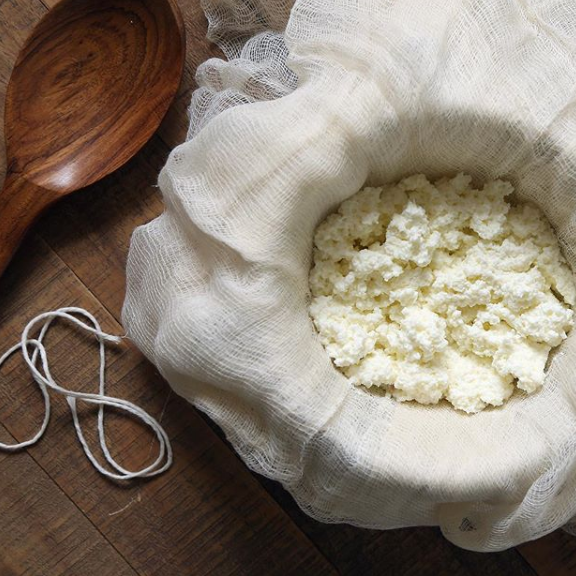Yes, cheesecloth and muslin can be used interchangeably. Both are loose-weaved, unbleached and will deliver admirable results when used right. The debate on whether you can use muslin instead of cheesecloth in specific uses still lingers. It’s about time we compared muslin vs cheesecloth to establish which serves you best.
Cheesecloth uses are quite diverse. They range from cooking, culinary projects, theater to garment manufacturing. These are uses that can as well be served by muslin cloth. Both pieces of fabric have amazing draining capabilities making them very reliable.
What’s The Difference Between Muslin And Cheese Cloth?
Though muslin has many similarities with cheesecloth, there are a number of features that make them distinct. A closer look at the fabric and weave reveals that muslin has finer weave compared to cheesecloth. This makes a lot of difference even in their uses.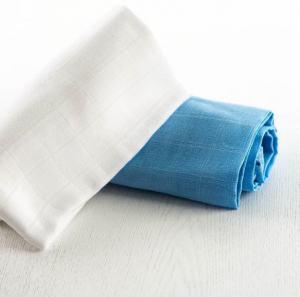
Muslin’s main purpose is straining cheese. It has relatively small holes to facilitate draining of whey. This leaves behind the curd which forms the cheese. Muslin is mainly used to strain soft cheese curds. These are the types of cheese that have high moisture. They include Marscapone, Paneer, Cottage cheese, Ricotta and cream cheese. Once ready, these types of cheese can be fresh and do not require aging.
Cheesecloth on the other hand has large holes that muslin. It also has loose weave. This makes it best suited for making hard cheese. The cheese cloth is used to line hard cheese. This allows whey to sip out gently lowering the moisture content of the cheese.
The final product is a firm piece of cheese. This is the type of cheese that can be served as shavings, slices or even shreds. Examples of the hard cheese are swiss, cheddar, parmesan, gouda and Colby cheese.
Hard cheese is aged to develop a more complex flavor. Cheesecloth is used to cover the cheese as it ages. The covering, also known as bandaging, helps to protect the cheese from mold formation. For the best results, you may apply a layer of oil over the cheese before covering it with cheese cloth.
Cheesecloth comes in different grades. There is the high-grade cheesecloth that is ultra-fine. It is very similar to the butter muslin. In cheese making, this type of cheesecloth is used to filter the fine particles. To achieve the same results, you may use muslin instead of cheesecloth.
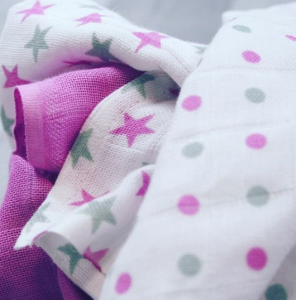
The muslin may also be used as an alternative to cheesecloth in dress making. The fine weave makes excellent summer dresses. Muslin withstands fittings during garment production better than cheesecloth. It therefore produces better cloths that are longer lasting.
Cheesecloth is popularly used in making Halloween decorations. It has also been used in making theatre backdrops. While you may want to stick to stick to cheese cloth for the Halloween décor, it would be advisable to use muslin instead of cheesecloth in theatre backdrops.
When comparing cheesecloth vs muslin, Muslin handles paint and pen art better than cheesecloth. Its fine weave makes it easy to dye it and create the desired shades. The fact that there are some types of muslin such as swiss and jamdani which have prints makes it perfect for theatre performances.
Why Use Muslin Instead Of Cheesecloth?
Cheesecloth and muslin have a lot of similarities especially in their physical appearance. There are however some differences that may be crucial in making the choice between the two pieces of fabric. These include;
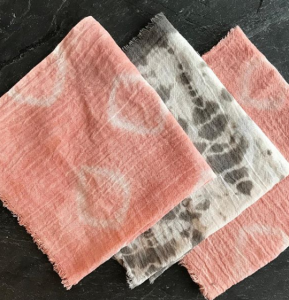
1. Affordability
Muslin is arguably cheaper than cheesecloth. You see, low grade cheesecloth may be cheap but it won’t serve the purpose. If you decide to go for the higher-grade cheesecloth that will probably serve the same purpose as the muslin cloth, you need to have a higher budget.
2. Ease of use
Muslin tears easily along the grain. This may not be the case with cheesecloth. You need to have a good pair of scissors to cut the cheese cloth into the desired size. Once torn, you do not need to look for ways to neat the edges up. The muslin edges fray in the wash giving an appealing appearance.
3. Easy Recycling And Re-Using
Muslin can be used multiple times before disposal. The fine weave makes it no different from other types of fabric. It can thus be washed together with other load of laundry. You however need to extra cautious when washing pieces that are used in the kitchen. Not every washing detergent will be kitchen friendly.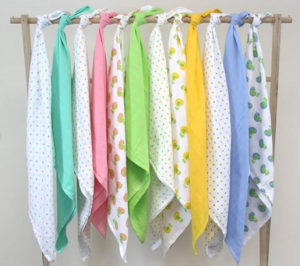
4. Muslin Has No Lint
You can comfortably squeeze and press your muslin with the guarantee that no lint will be left in the food. The fine weave and smooth texture allow the whey and liquids to flow out without any lint getting into the food. The fabric doesn’t break unlike some types of cheesecloth. You can thus make your soy milk without having to worry about some soy beans escaping into the milk.
5. Single Piece Straining
Muslin is strong enough to strain all types if liquids, broths and stocks without folding several pieces of the fabric. This may not be practical with cheesecloth. You need two or three layers of the cloth to get the work done. This means that you will use more of the cloth to do the same job that can be done with a single sheet of muslin.
Conclusion
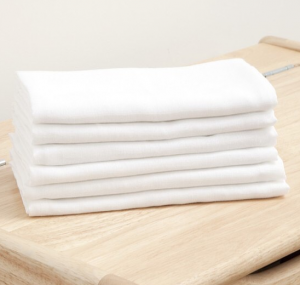 Cheesecloth and muslin have numerous similarities. They can be used interchangeably in many areas of application at home. Equally, they have a number of differences that cannot be ignored.
Cheesecloth and muslin have numerous similarities. They can be used interchangeably in many areas of application at home. Equally, they have a number of differences that cannot be ignored.
Comparing cheesecloth vs muslin, you will realize that muslin tends to be the preferred option when it comes to fine finishes. It can thus be used instead of cheesecloth in tasks that require smooth finishes.
This however doesn’t render cheesecloth useless and it brings in diversity with the wide range of grades. The low-grade cheesecloth will come in handy in tasks that require loose weaves. They thus ought not be thrown down the drain.
